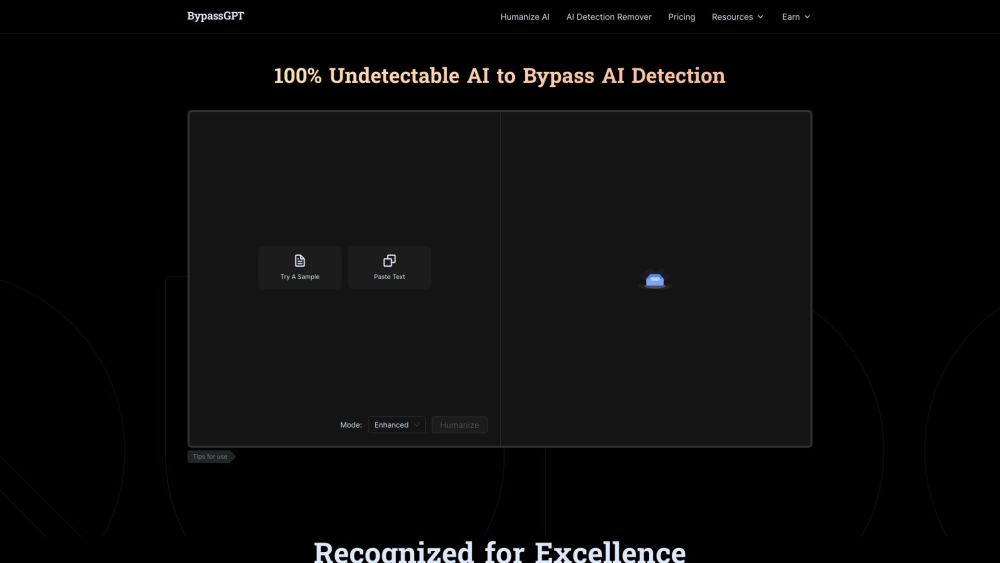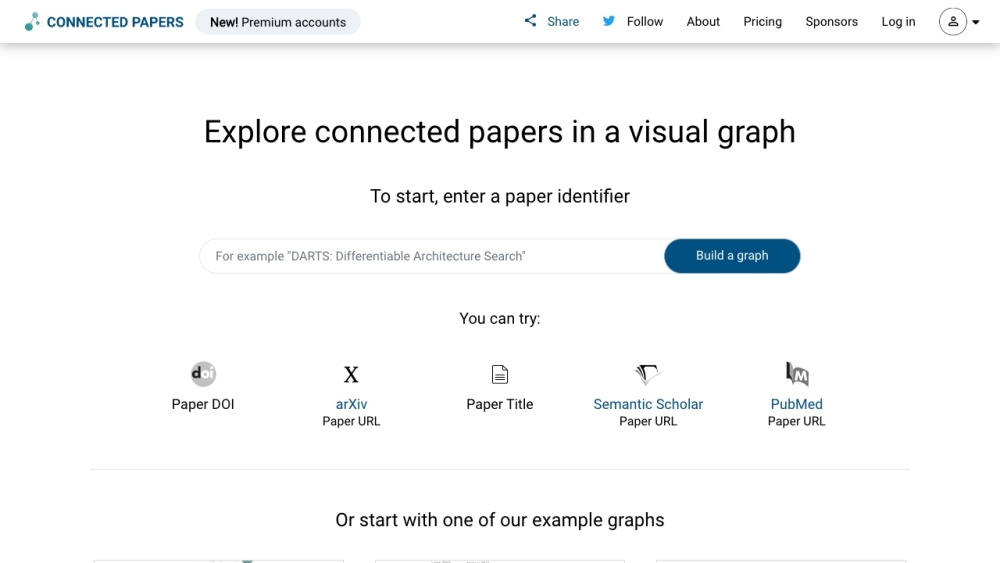Maximizing the Impact of Generative AI in Modern Organizations
Modern organizations recognize the critical importance of harnessing generative AI to enhance business operations and boost product competitiveness. A Forrester report indicates that 85% of companies are exploring generative AI, while a KPMG U.S. study reveals that 65% of executives anticipate its "high or extremely high" impact on their organizations within the next three to five years—surpassing all other emerging technologies.
However, integrating generative AI into existing frameworks can be challenging. Many organizations face tight budgets, overworked teams, and limited resources, necessitating a strategic approach to generative AI onboarding.
The Importance of Collaborative Teams
A crucial yet often overlooked aspect of generative AI success lies in the collaboration between the people behind these initiatives. To optimize the technology's benefits, organizations should form teams that merge the specialized knowledge of AI-native talent with the practical experience of IT veterans. Such teams typically consist of diverse generations, skill sets, and business insights.
Effective collaboration between AI experts and business technologists is essential for the success of generative AI initiatives. Below, we explore the roles these professionals play and how they can work together to achieve positive business outcomes.
The Role of IT Veterans and AI-Native Talent
Currently, approximately 31% of an organization’s technology consists of legacy systems. Established businesses often have a significant footprint of technology introduced over a decade ago. The realization of any new technology's potential—including generative AI—depends on maximizing the value derived from these existing investments. This requires the contextual knowledge that only IT veterans possess, enabling them to integrate generative AI into products and workflows while maintaining organizational momentum.
Conversely, data science graduates and AI-native professionals contribute vital skills in utilizing AI tools and engineering data effectively. They possess a deep understanding of applying AI techniques—whether through natural language processing, anomaly detection, or predictive analytics—and know how to prepare organizational data to maximize these tools' efficacy.
Addressing Resource Scarcity and Expectations
One of the primary challenges organizations face in forming these new teams is resource scarcity. IT teams are often overwhelmed with the demands of managing existing systems, making it difficult to prioritize generative AI initiatives.
While it might be tempting to isolate generative AI teams, doing so risks the technology's integration into core application stacks. To achieve meaningful progress, companies must encourage collaboration rather than seclude AI specialists. Organizations may need to reassess priorities and consider making tough decisions about cutting back on existing investments to create space for new generative AI initiatives.
Clarifying the Problem Space
A clear understanding of the problem is crucial when introducing any new technology. Teams must collectively identify the problem they aim to solve, desired outcomes, and the necessary actions to achieve those outcomes. They also need to align on potential obstacles and strategies to overcome them.
Creating an outcome map can help align team resources and clarify deliverables, linking target outcomes to the supporting levers and impediments. This tool should also outline measurement metrics to ensure accountability and demonstrate business impact.
By focusing on the problem space rather than leaping to potential solutions, organizations can avoid pitfalls and minimize wasteful investments, similar to lessons learned from the big data boom. Companies that invested time in understanding their challenges before applying new technologies were able to unlock significant value, and the same principle applies to generative AI.
Building Bridges Between Generations and Knowledge Bases
A notable trend among IT professionals is pursuing further education to acquire data science skills and drive generative AI initiatives effectively. Today’s data science graduate programs cater to new graduates, mid-career professionals, and senior executives, fostering enhanced collaboration between IT veterans and AI-native talent.
As a recent graduate of UC Berkeley’s School of Information, I saw firsthand the mix of experience levels in my cohort, ranging from mid-career professionals to C-level executives. While not mandatory for generative AI success, such programs offer established IT professionals the chance to deepen their understanding of data science concepts crucial for leveraging generative AI.
As with each technological advancement, generative AI introduces new opportunities and difficulties. To bridge the gaps between experienced IT professionals and emerging AI talent, organizations must adopt intentional strategies. By following the recommendations above, they can pave the way for success and drive the next wave of generative AI innovation.
Jeremiah Stone, CTO of SnapLogic
DataDecisionMakers is a platform for experts, including technical professionals engaged in data work, to share insights and innovations in the data field. To stay updated on best practices and the future of data technology, join us at DataDecisionMakers. Consider contributing your own article to share your perspectives.





